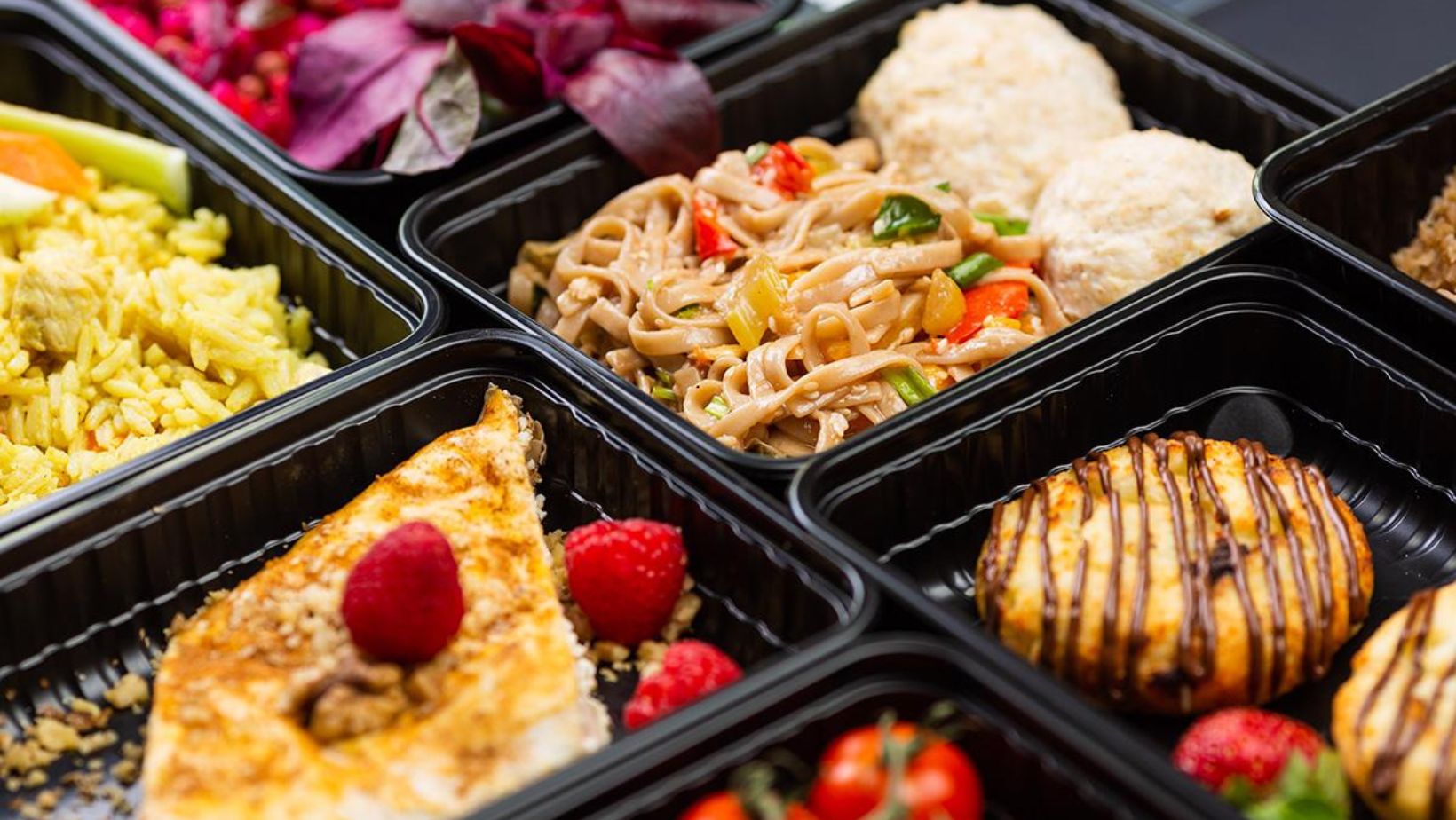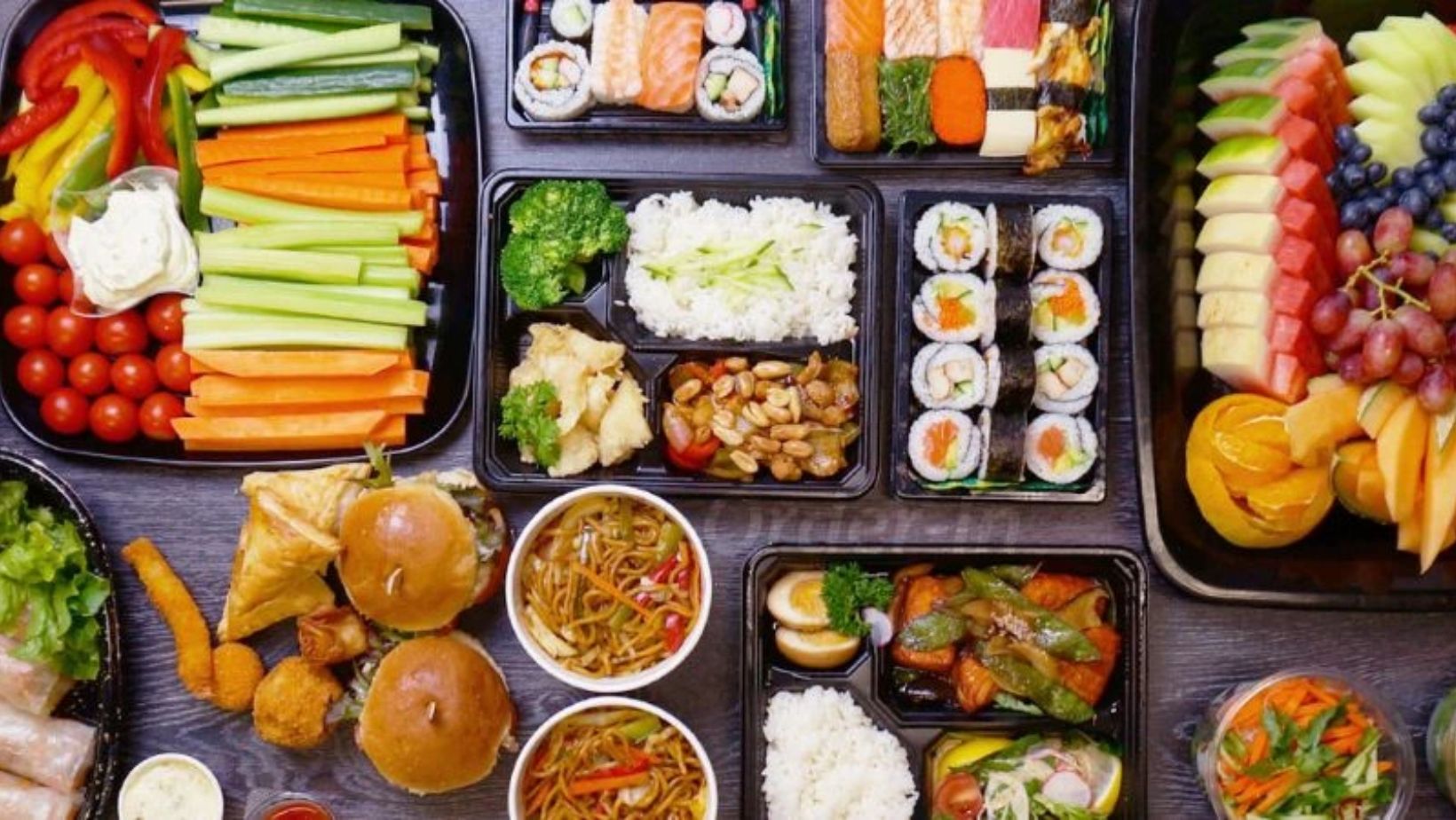The Influence of Global Cuisine Trends on Lunch Catering Menus

Introduction
As Australia becomes more diverse, so too are its culinary traditions. From Sydney’s bustling Chinatown to Melbourne’s Little Italy, diners are spoilt for choice with a smorgasbord of globally influenced eateries catering to every palate. More and more, these global influences are also seeping into our catering menus, and nowhere more so than in the realm of lunch catering. Recognizing this, many Australian caterers are adapting and innovating, resulting in a surprising and delightful array of diverse lunch options.
The significance of these changes is two-fold. Firstly, they reflect the evolving taste preferences of the Australian public, who are more open to trying diverse cuisines. Secondly, they underscore the need for caterers to stay updated with current food trends and continuously diversify their menu options lest they fall out of favor. This rise of international cuisine within Australian lunch catering is deeply intertwined with the broader worldwide trend of culinary fusion.
The Wider Influence of Global Cuisine
Over the past few decades, there has been a noticeable surge in the popularity and significance of global cuisine. Food, like language, is a means of communication, and food trends reflect societal shifts. The rise of global cuisine could be viewed as an extension of our increasingly multicultural world, where diverse culinary traditions intermingle and evolve.
Indeed, the allure of global flavors is becoming more apparent in mainstream restaurants. In Australia, establishments like Sydney’s Billy Kwong draw on Chinese techniques and native Australian ingredients, tailoring their menus to accommodate both traditional and daring palates. These restaurants provide a glimpse of the harmonic symphony that can result from international culinary fusion.
A Taste of the Globe in Your Lunch
Lunch in Australia has come a long way from the classic meat pie. From a hearty Pho noodle soup to delicate Spanish tapas spread, Australians are taking their midday break with a dash of global flavor. It’s as if caterers have tapped into our gastronomic wanderlust, cleverly adding a little bit of the world to our daily meals.
The prevailing trend seems to be ‘eating local while thinking global’ – using locally sourced produce and ingredients to recreate international cuisine, adding a healthy, sustainable, yet authentic dimension. Such nuanced menu planning is garnering acclaim from many quarters as it beautifully blends principles of sustainability with a commitment to great food.
Driving Factors Behind the Global Cuisine Trend
Multiple factors are driving this trend. Our evolving demography, with increasing numbers of immigrants, has led to an explosion of global culinary influences. International chefs and food shows have popularised diverse cuisines, making Australians more adventurous with their food selections.
There’s also a growing understanding that eating globally doesn’t just mean experiencing different cultures through food; it also means consuming a healthier, varied diet. Consumers look for healthy, unique, and diverse food experiences, pushing caterers to adapt and experiment with their menu offerings.
Impact on Catering Menus
The influence of global cuisine can be clearly seen in Australian catering menus. Once limited to classic Australian fare, an increasing number of caterers are incorporating international elements into their offerings. Caterers like ‘Bay Leaf Catering’ in Melbourne now offer a range of Japanese, Mexican, and Mediterranean lunch options reflecting the cosmopolitan client base.
Similarly, certain Sydney-based lunch catering services boast delectable Middle Eastern and South Asian lunch menus. Such cases illustrate how the successful integration of global trends has transformed the traditional lunch catering menus into a globe-trotting culinary journey.
Navigating the Challenge of Authenticity
Though the global cuisine trend is taking Australian lunch menus by storm, it also presents a unique challenge: How to balance creativity with authenticity? It’s one thing to incorporate international flavors into dishes, but maintaining authenticity while doing so is quite another.
While creativity is undoubtedly essential in cooking, overdoing it may compromise the essence of a dish. Therefore, preparation, presentation, and use of traditional cooking techniques and ingredients are critical in achieving authentic international dishes. Experts also stress the importance of understanding a cuisine’s roots—a respect for the cultural context from which it originates is as essential as the recipe itself.
Rising Popular Cuisines
As per recent trends, Asian fusion, Latino flavors, and Middle Eastern dishes are gaining popularity on Australian lunch menus. Each of these cuisines offers a unique flavor profile, broadening the spectrum of our taste buds.
For instance, bao buns filled with pulled pork or shrimp tempura are becoming a favorite snack, while the rich and flavorsome slow-cooked tagines of Morocco are seducing many a palate. Regardless of the dish, the underlying theme is one of fusion, blending traditional preparation methods with contemporary execution and presentation.
Sustaining the Trend: The Role of Sustainability in Global Cuisine
Another factor reinforcing this global cuisine trend is its underlying commitment to sustainability. From using locally sourced ingredients to reducing food waste, caterers understand the importance of sustainable practices, both in terms of the environment and supporting local economies.
As a bonus, sustainable practices resonate with a public that is becoming increasingly eco-conscious. Preserving both tradition and the planet, global cuisine in Australia is ticking all the right boxes.
Conclusion
The rise of global cuisine in Australia underscores the nation’s love for diverse flavors, reflecting her multicultural ethos. With sustainable practices adding depth to the trend, lunch catering menus will continue to evolve, offering patrons an ever-enriching experience.
Embracing this trend means being open to new culinary experiences, enriching our palate, and celebrating cultural diversity. So, go ahead, dive in—your taste buds will thank you!






